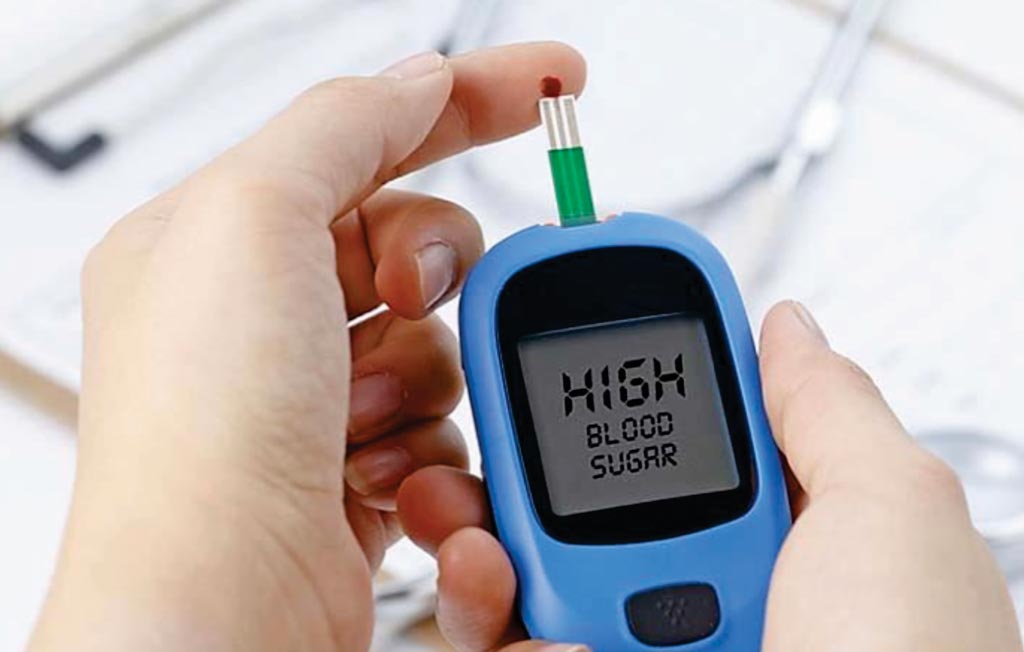Long-Term Risk for CVD Stratified by Fasting Glucose Level
By LabMedica International staff writers
Posted on 31 Jan 2019
Cardiovascular disease (CVD) refers to any disease of the heart, vascular disease of the brain, or disease of the blood vessel. The most prevalent cardiovascular diseases include coronary heart disease (CHD) such as a heart attack and cerebrovascular disease such as a stroke.Posted on 31 Jan 2019
Middle-aged adults who experience an increase in fasting glucose level into the range for diabetes have an elevated 30-year risk for coronary heart disease and stroke compared with their peers with normal blood glucose levels. It has also been reported that an increased long-term CVD risk for middle-aged men with fasting glucose in the prediabetes range.

Image: An increase in fasting blood glucose level increases the risk of cardiovascular disease (Photo courtesy of Diabetes Self Care).
Scientists at Wake Forest School of Medicine (Winston-Salem, NC, USA) and their colleagues pooled data from seven observational cohorts that included both white and black adults. They estimated the long-term risk for CVD based on fasting glucose levels both below and above the threshold for diabetes (7 mmol/L or 126 mg/dL). Combined, the seven cohorts followed participants from 1960 to 2015. A total of 19,630 participants (56.1% women; 31.6% black) at an index age of 55 years were included. The team created five stratifications for fasting glucose levels: less than 5 mmol/L, between 5 mmol/L and 5.5 mmol/L, between 5.6 mmol/L and 6.2 mmol/L, between 6.3 mmol/L and 6.9 mmol/L (prediabetes) and more than 7 mmol/L (diabetes). CVD was defined as CHD, myocardial infarction and fatal and nonfatal stroke.
The investigators reported that the risk for CVD through 85 years of age ranged from 15.3% (<5.0 mmol/L) to 38.6% (diabetes levels) among women and from 21.5% (5.0–5.5 mmol/L) to 47.7% (diabetes levels) among men. A fasting glucose (FG) of 6.3–6.9 mmol/L was associated with higher long-term CVD risk compared with the lowest FG among men, but not women. Increases in glucose during midlife with conversion to diabetes were associated with higher cardiovascular risk (1.3- to 3.6-fold) than when increasing glucose below the diabetes threshold.
Michael P. Bancks, PhD, an assistant professor of Endocrinology and lead author of the study said, “The study shows the importance of preventing or delaying the development of diabetes in order to prevent the development of cardiovascular disease. Our study included a large number of African-Americans and people from geographically diverse areas of the USA, so our findings can be generalized to a much broader USA audience than the prior work.” The study was published in the January 2019 issue of the journal Diabetes Care.
Related Links:
Wake Forest School of Medicine













